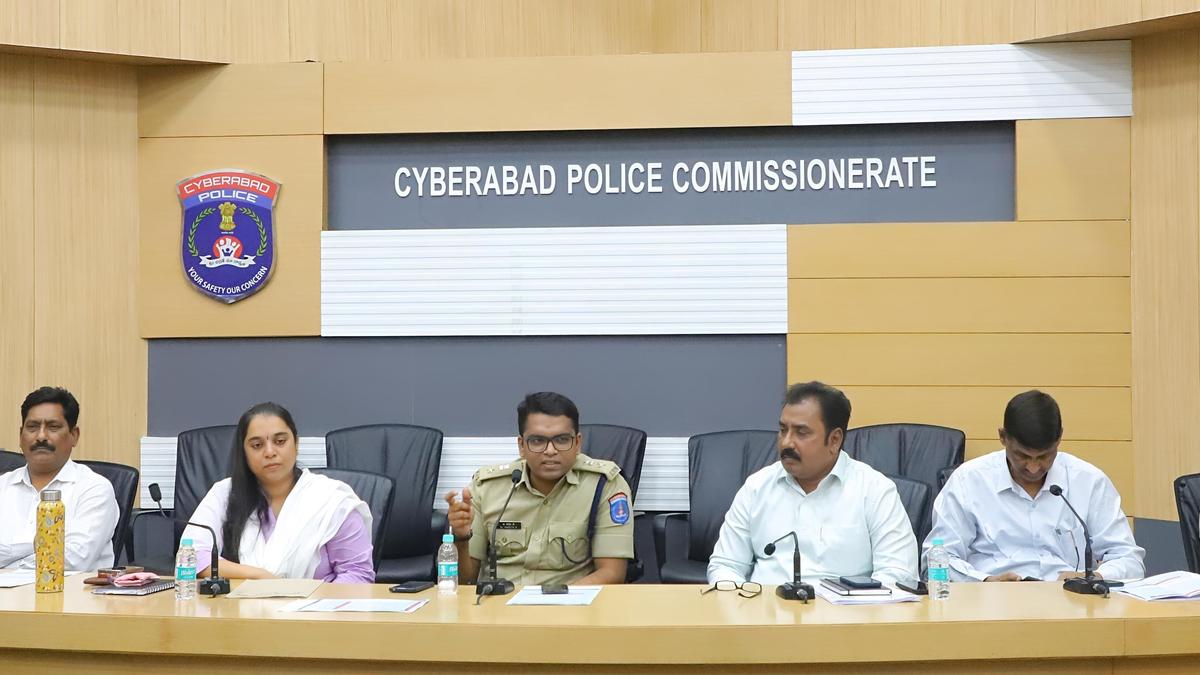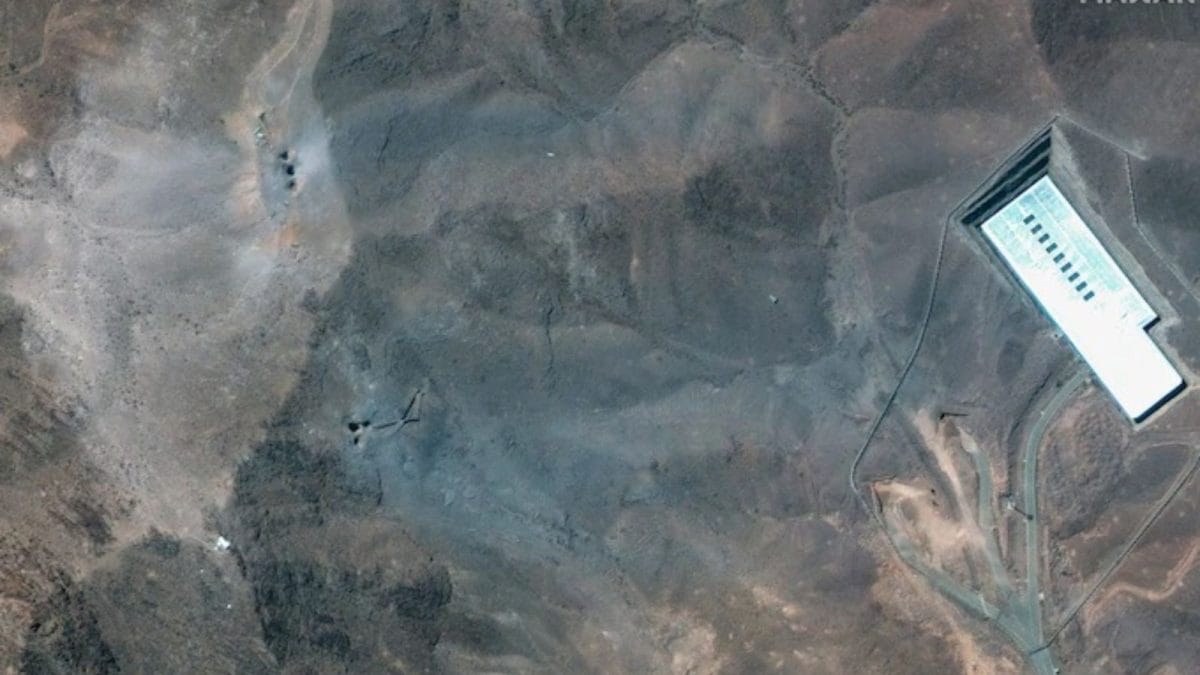The Agency for New and Renewable Energy Research and Technology (Anert) has installed Kerala’s first decentralised solar-powered grid-interactive Battery Energy Storage System (BESS) at its headquarters here at PMG in the State capital.
The system can power up to loads of 100 kW and has a battery bank of 150 KWh, enabling continuous operation of one-and-a-half hours on full load in the absence of solar power or supply from the grid.
Electricity Minister K. Krishnankutty inaugurated the BESS along with a demonstration project on Vehicle-to-Grid (V2G) technology here on Friday.
The BESS consists of a prefabricated module structure with systems for power supply and distribution, monitoring and control, environmental control, fire protection, system, in addition to a dedicated Battery Management System (BMS) and Energy Management System (EMS).
Operational advantages
Anert sees many operational advantages in the BESS unit. Replacing the existing diesel generator unit, it will help to meet 24x7 requirements completely from renewables and storage. Further, it will allow the export of electricity during peak hours. It can also be used for charging electric vehicles during peak hours. “It is designed in such a way that in case of an emergency, the system can be disconnected from the building, can be transported out to repower any other building or location,” ANERT said.
During power failures in the grid, the BESS will switch to off-grid working mode, and the load will be supplied with energy by the solar and battery. When the power grid is back to normal, the system switches back to the original working state. This allows the building to function seamlessly and ensures 24x7 power.
With focus shifting to storage systems, given the rapid increase in solar power generation in Kerala, power sector agencies including the Kerala State Electricity Board are actively pursuing BESS and pumped storage projects (PSP). A recent discussion paper on renewable energy prepared by the Kerala State Electricity Regulatory Commission had noted the usefulness of BESS units for storing excess renewable energy produced during the daytime when power demand is low and then supplying it back to the grid for peak-demand use.



.png)
.png)
.png)
















 2 hours ago
3
2 hours ago
3








 English (US) ·
English (US) ·